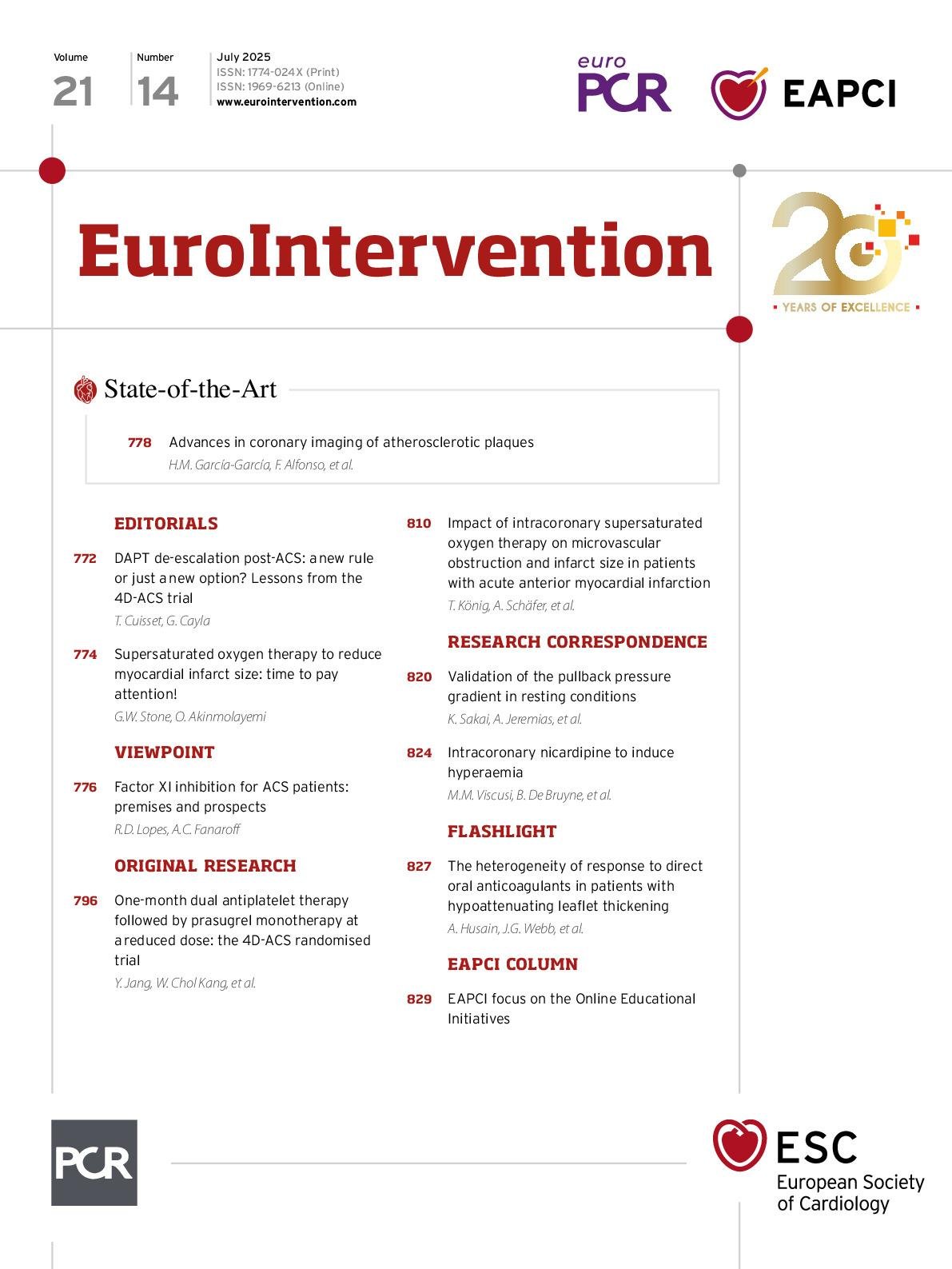For three decades, dual antiplatelet therapy (DAPT), comprising aspirin and a P2Y12 inhibitor, has been the gold standard for the secondary prevention of atherothrombosis after an acute coronary syndrome (ACS). The limitations of the second-generation P2Y12 inhibitor clopidogrel – variable metabolism, slow onset of action, and relatively weak antiplatelet effect – led to the development and testing of the more potent P2Y12 inhibitors prasugrel and ticagrelor. Yet, even as prasugrel and ticagrelor improved outcomes compared with clopidogrel, approximately 10% of patients treated with high-potency P2Y12 inhibitors in pivotal trials experienced cardiovascular death, myocardial infarction (MI), or stroke in the year after ACS. The incomplete efficacy of DAPT for the prevention of recurrent atherothrombotic events is unsurprising in light of the pathophysiology of atherothrombosis: though platelets initiate the formation of thrombus at the site of a ruptured atherosclerotic plaque, the thrombus is propagated and stabilised by thrombin and fibrin, products of the coagulation cascade.
Recognition of the central role of the coagulation cascade in the pathophysiology of atherothrombosis led to the advent of so-called dual pathway inhibition, with DAPT plus an anticoagulant....
Sign up for free!
Join us for free and access thousands of articles from EuroIntervention, as well as presentations, videos, cases from PCRonline.com

